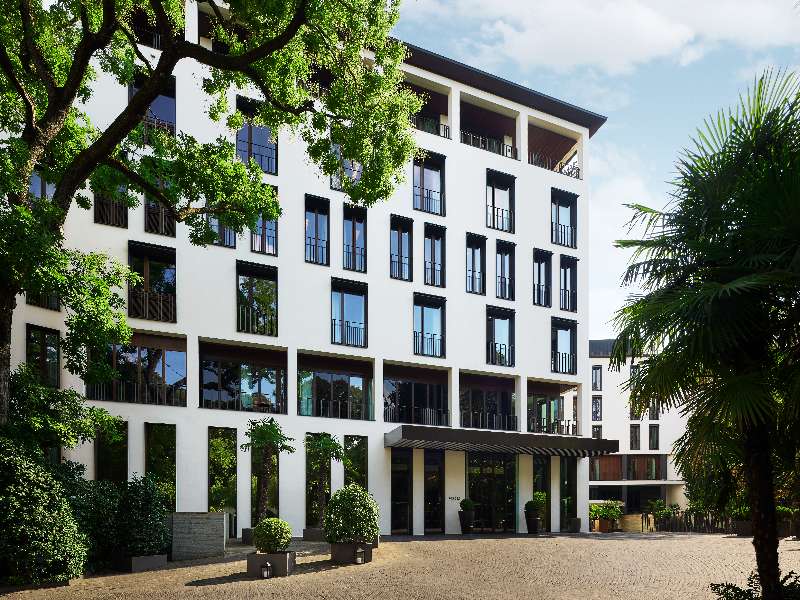Last Supper
Excursions
Shopping Experience
Secret Milan
A Night at the Duomo
A Night at the Pinacoteca Ambrosiana
이벤트
이미지 갤러리
이벤트 정보
An Emperor's Jewel
Festive Season
불가리 소개


























